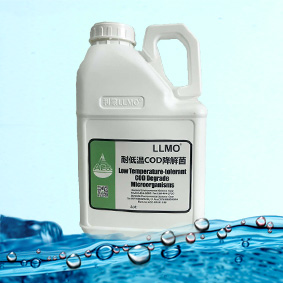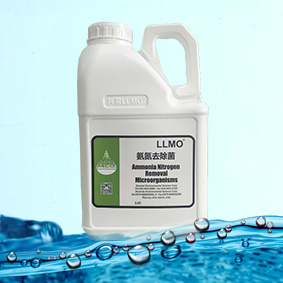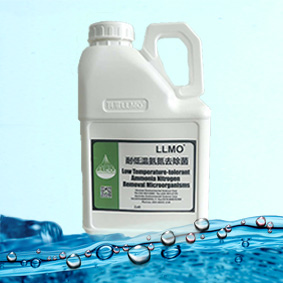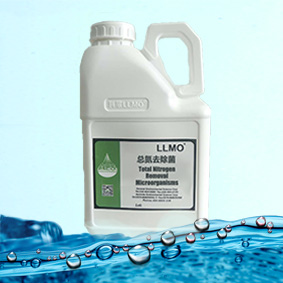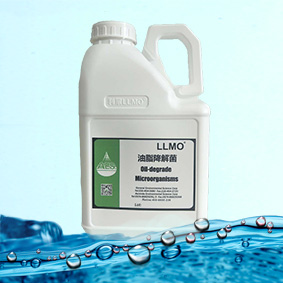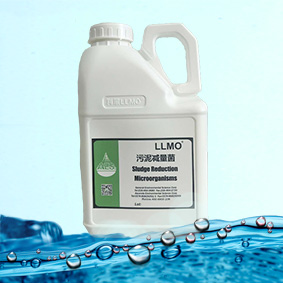Soil remedation
CREATE_TIME:2019-01-15 VIEWS:934
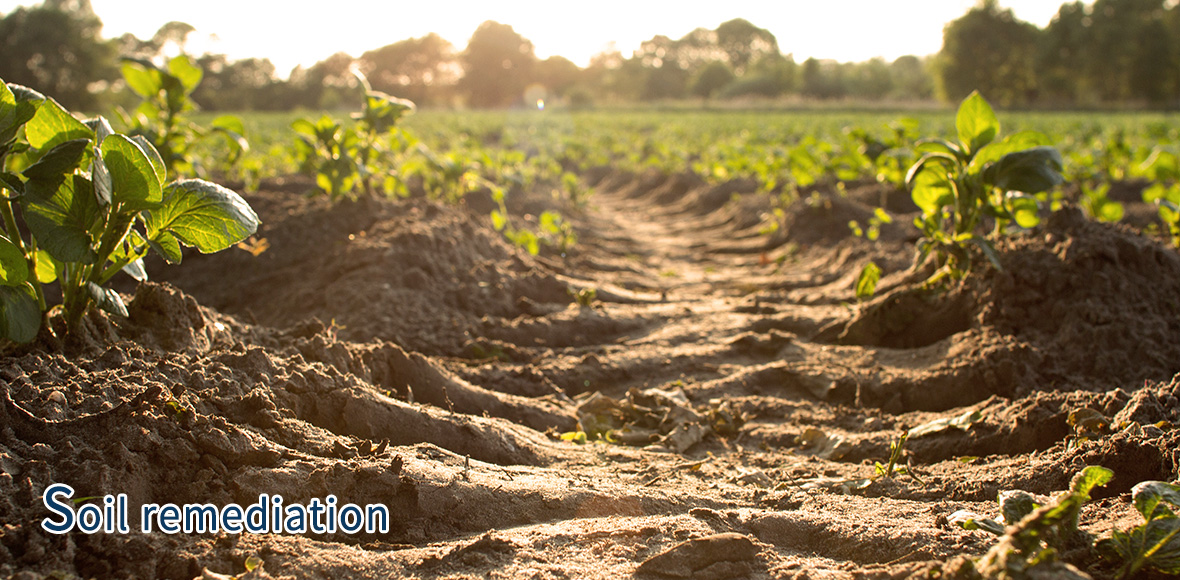
1. overview of soil remediation
Soil remediation refers to the use of physical, chemical and biological methods to transfer, absorb and reduce the primary understanding and conversion of pollutants in the soil, to reduce its concentration to an acceptable level, or to convert toxic and harmful pollutants into harmless substances. Fundamentally, the technical principles of soil remediation include :(1) changing the existing form of pollutants in the soil or the combination with the soil to reduce their mobility and bioavailability in the environment; (2) reduce the concentration of harmful substances in the soil.
2.Bioremediation technology for soil pollution:
Microbial and phytoremediation are the most widely used bioremediation for soil pollution.

(1) soil pollution phytoremediation:
1) features of phytoremediation:
It can basically keep the physical and chemical properties of soil, complete degradation of pollutants, low treatment cost and wide application.
Small investment, environmentally friendly, no secondary pollution, easy to accept for the public and other advantages.
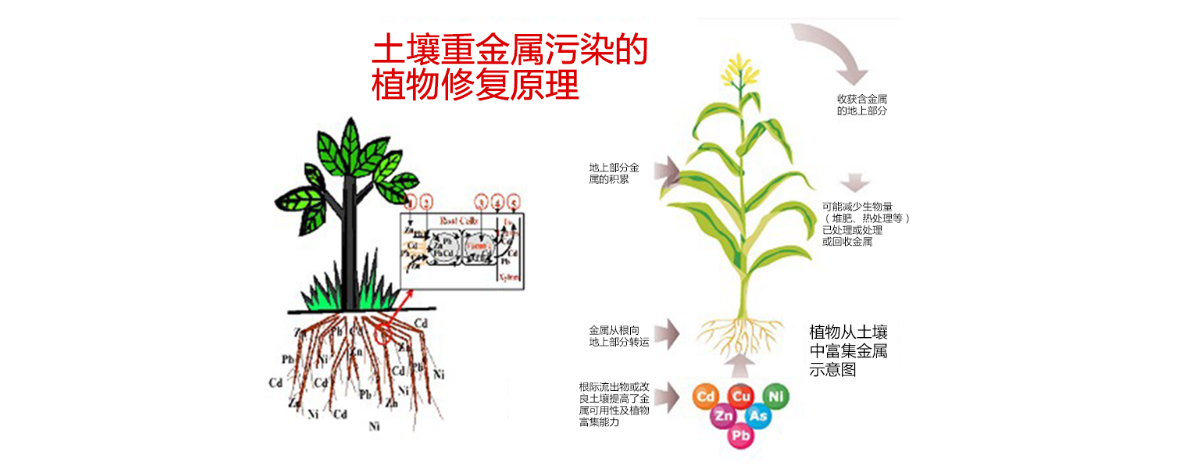
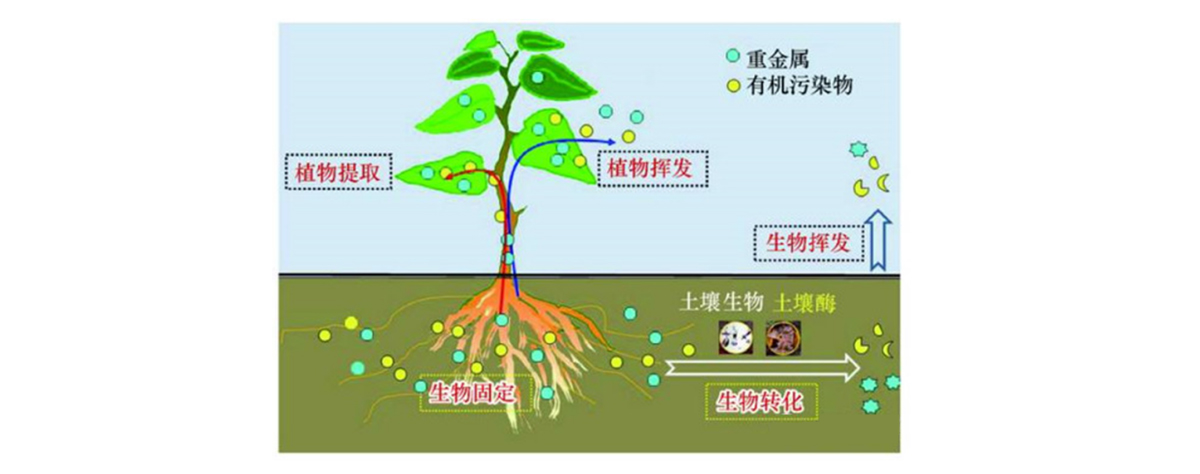
(2) Microbial remediation of soil pollution:
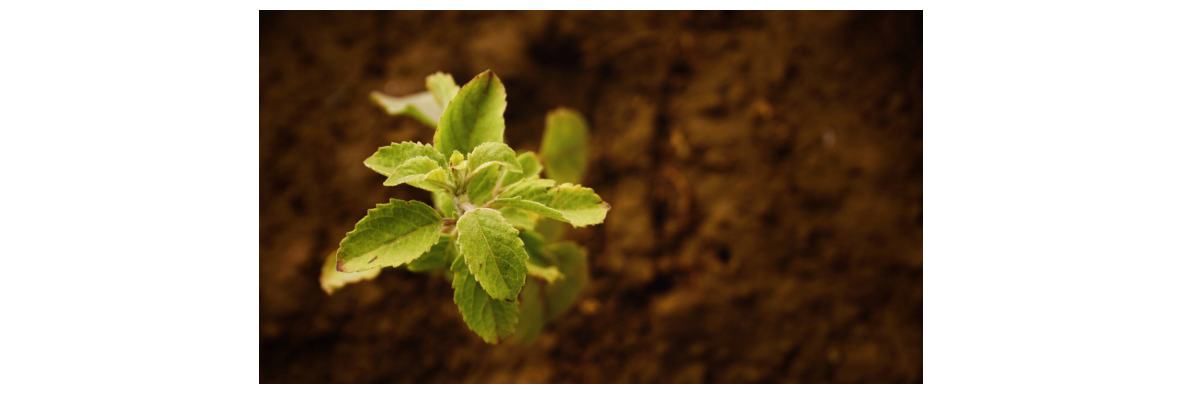
1) overview of microbial remediation
The use of microorganisms (indigenous bacteria, foreign bacteria, genetic engineering bacteria) on the metabolism of pollutants to transform, degradation of pollutants, mainly for the degradation of organic pollutants in soil. Through changing various environmental conditions such as: nutrition, REDOX potential, co-metabolic matrix, strengthening microbial degradation to achieve the purpose of governance. The advantages of microbial remediation are low cost, easy operation and no secondary pollution.
2) principle of microbial repair

3) Microbial remediation
A biological ventilation
B biological injection
C Farming method
D. Biological culture method
E method of bacteria
- Inoculation with exogenous high-efficiency microorganisms
- Add microbial nutrients
- Provide electron acceptors
- Provide cometabolites
- Improve bioavailability
- Surfactant (SAA)
- Biological surfactant (BS)
4) advantages of microbial remediation technology

At present, the main pollutants in farmland soil in China are heavy metals,organochlorine pesticides and polycyclic aromatic hydrocarbons.




